The biodiversity on Earth is amazing, and some of these animals are treasured in nature because of their rarity and uniqueness. These rare animals are not only of interest because of their scarcity, but also because of their unique characteristics and habitats. Here are some of the rarest animals on Earth, showing the wonder and fragility of nature.
Characteristics: The Sumatran Rhinoceros is the smallest rhino species in the world, with a small body size of about 1.2-1.5 meters in length. They have dark brown skin and two prominent horns on their back and abdomen.
Habitat: Mainly distributed in the moist forests of Sumatra and some areas of Indonesia.
Number: There are less than 80 individuals in existence, facing an extremely endangered state.
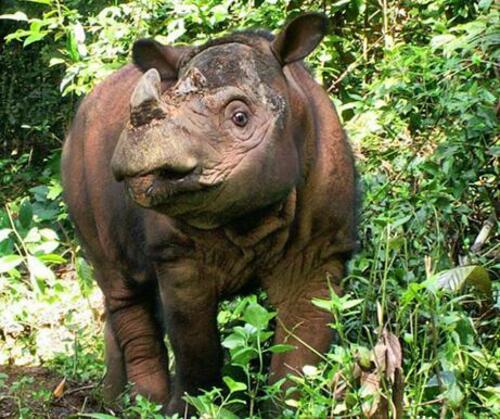
Characteristics: The Northern White Rhinoceros is large in size, with a wide muzzle and white skin. There are only two female individuals left, and they are almost extinct.
Habitat: Once distributed in grasslands and forest edges in Uganda and Sudan.
Number: Only two known females remain, facing extinction.
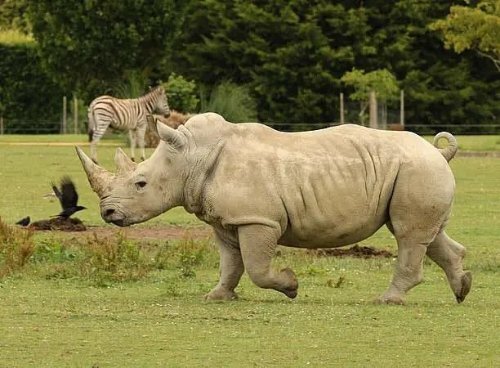
Characteristics: The Galapagos tortoise is the largest land tortoise in the world, reaching up to 1.2 meters in length and living for more than 100 years. They have thick shells and long lifespans.
Habitat: They live mainly in different ecological areas in the Galapagos Islands.
Number: The number is decreasing, and some subspecies are facing serious endangerment due to the threat of alien species and human activities.
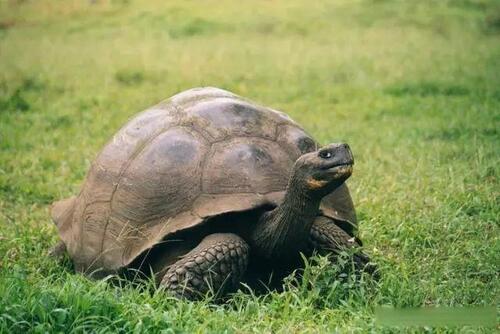
Characteristics: Vietnamese dragons are large reptiles that can reach 3 meters in length. They have a unique appearance and huge size.
Habitat: Mainly distributed in humid forests and near rivers in Vietnam.
Number: Due to habitat loss and poaching, the number has decreased sharply and faces serious threats.
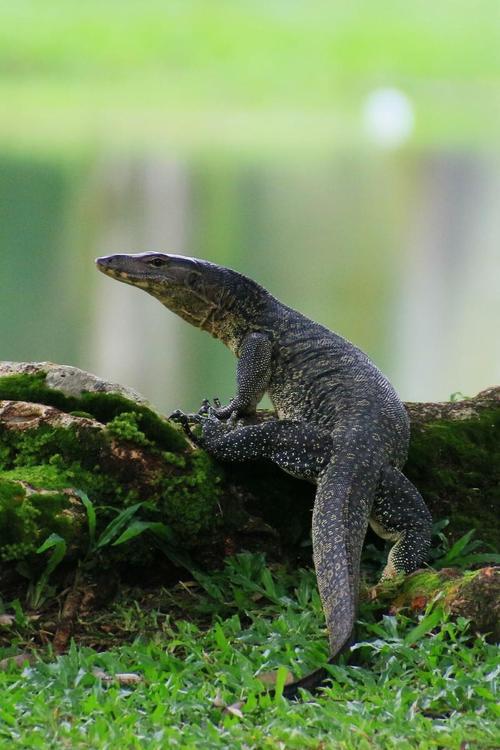
Characteristics: Ryukyu frog is small, green in skin, and highly adaptable.
Habitat: Mainly distributed in the forests of the Ryukyu Islands in Japan.
Number: Habitat loss and invasion of alien species pose a threat to its survival.
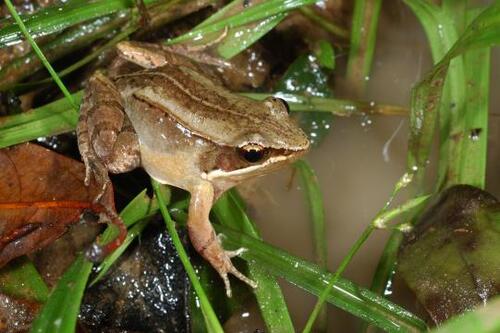
Characteristics: The Javan Rhinoceros is the rarest species of rhinoceros in existence. It is small in size, about 3-4 meters long, and has a small horn.
Habitat: Mainly distributed in protected areas on the island of Java, Indonesia.
Number: There are only about 60 left, facing a serious threat of extinction.
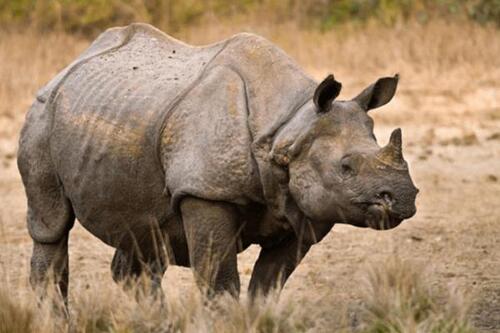
Characteristics: Lives in extremely deep ocean areas, has a small body, has luminous organs, and is adapted to the deep sea environment.
Habitat: Mainly distributed in the ocean abyss, at a depth of more than 2,000 meters.
Quantity: Deep-sea fish are generally scarce, but their survival status is unclear and they are threatened by deep-sea fishing and pollution.
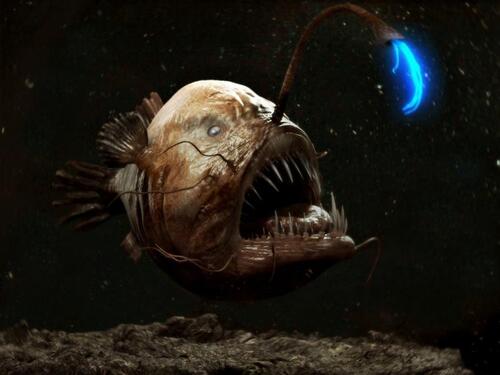
Characteristics: Small in size, with a variety of feather colors. Mainly lives in alpine rocky environments.
Habitat: Mainly distributed in the alpine areas of the Alps.
Number: Scarce in number, facing threats from habitat loss and climate change.
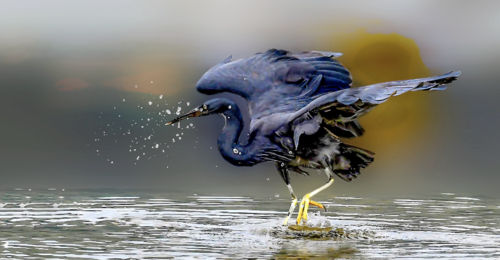
Protecting these rare animals is key to ensuring biodiversity and ecological balance. Here are some measures to protect these rare animals:
Habitat protection: Establish protected areas and nature reserves to reduce the impact of human activities on their habitats.
Anti-poaching operations: Strengthen law enforcement, crack down on illegal hunting and trade, and protect endangered animals from threats.
Breeding programs: Implement artificial breeding and habitat restoration programs to increase the population of rare animals.
Public education: Raise public awareness, promote protection and support for endangered animals, and encourage more people to participate in conservation actions.
The rare animals on Earth are not only a miracle of nature, but also the focus of our attention on biodiversity and ecological protection. It is the responsibility of each of us to understand and protect these rare animals. By working together, we can help these rare treasures continue to survive on Earth and protect the precious heritage of nature.
animal tags: Sumatran-Rhinoceros Alpine-Rock-Pigeon Deep-Sea-Lanternfish Javan-Rhinoceros
We created this article in conjunction with AI technology, then made sure it was fact-checked and edited by a Animals Top editor.